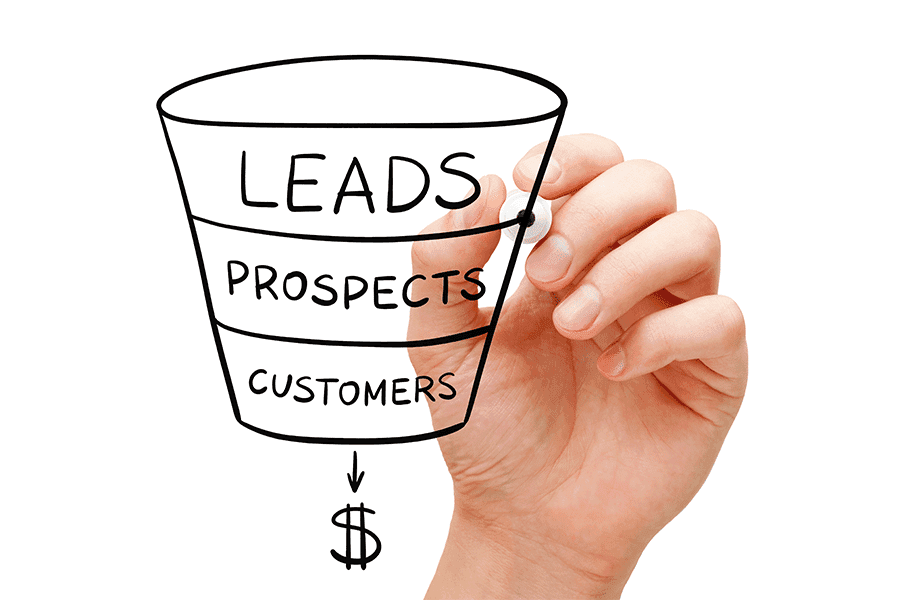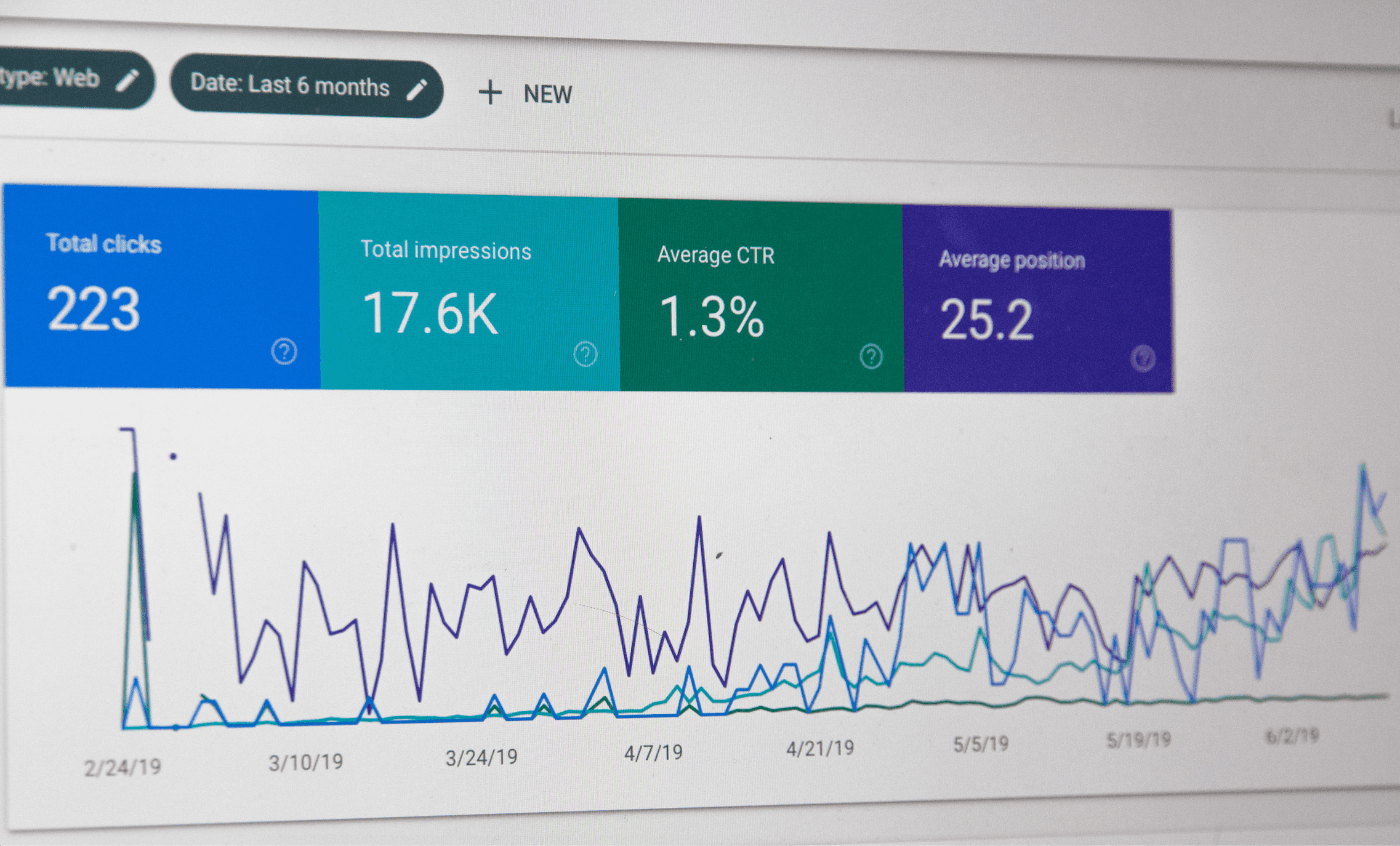Email Marketing for Ecommerce: A Complete Guide

E-commerce email marketing refers to the use of email campaigns and strategies to promote and grow an online store or e-commerce business. It involves sending targeted and personalized emails to a list of subscribers to drive sales, increase customer engagement, and build brand loyalty.
Quick Stats:
- Ecommerce email marketing has one of the highest returns on investment (ROI) in digital marketing.
- Emails have a significantly higher conversion rate compared to social media marketing.
- Personalization in emails can lead to higher open and click-through rates.
- Cart abandonment emails can recover a significant percentage of potentially lost sales.
Repeat customers generated through email campaigns tend to spend more.
E-commerce Email Marketing 101

What is E-commerce Email Marketing?
E-commerce email marketing is the strategic approach used to engage with your audience through targeted email campaigns. These campaigns serve various purposes, including showcasing products, promoting special offers, and reinforcing brand image among subscribers.
Email marketing is important because it is:
- Highly effective and cost-efficient
Unlike traditional advertising channels, email campaigns can be personalized and directly targeted, ensuring a higher return on investment. This makes them stand out as a highly effective and cost-efficient method to connect with your audience.
- Revenue positive
Email marketing is a pivotal tool in driving sales and fostering customer loyalty by converting leads into customers and retaining existing ones through strategic communication.
- Direct and personal
One of the significant strengths of e-commerce email marketing is its role as a direct and personal communication channel. This one-to-one interaction allows businesses to tailor their messages according to individual customer preferences, enhancing the overall customer experience.
Benefits of Email Marketing for E-commerce
Email marketing offers advantages like:
- Increased sales
Email marketing serves as a powerful catalyst for boosting sales. Through well-crafted emails that promote products, offer exclusive deals, and strategically upsell existing customers, businesses can drive traffic to their online stores and increase conversion rates.
- Customer engagement
Engagement is at the heart of successful e-commerce email marketing. By delivering personalized and relevant content, businesses captivate their audience’s attention, fostering a sense of connection and loyalty.
- Customer retention
Through consistent and targeted communication, businesses can use email to keep their brand top-of-mind, ensuring that customers return for repeat purchases.
- Cost-effectiveness
The ability to reach a targeted audience without the hefty costs associated with traditional advertising makes email an attractive option for businesses of all sizes.
- Tracking and analytics
One of the strengths of email marketing lies in its measurability. Businesses can track and analyze the performance of their campaigns, gaining insights into open rates, click-through rates, and overall campaign effectiveness. This data-driven approach enables continuous improvement and optimization of future campaigns.
How to Build an Email Marketing Strategy

An email marketing strategy is a plan that businesses use to communicate with their customers and prospects through email. Here are 5 easy steps you can use to build an email marketing strategy for your online store.
- Identify your target audience
Conduct some market research to unveil the quirks and interests of your ideal customers. Think of creating buyer personas as sketching out the details of your closest friends. Analyze existing customer data to uncover those shared interests that make your audience tick.
- Collect and manage email addresses
Building a solid email list is like making sure all your friends are invited to the party. Strategically place sign-up forms on your website so it’s easy for your customers to join in. Offer exclusive discounts in exchange for email signups. Oh, and don’t forget the golden rule: always play by the email etiquette handbook (GDPR and CAN-SPAM) to keep the trust intact.
- Create an email list
A CRM system is your go-to tool for keeping everything in check. Regularly clean up the guest list by removing inactive or bounced emails – just like decluttering your contacts.
And segmentation? It’s like having different groups for your book club, sports crew, and movie buddies. It helps you tailor your messages to each friend group, making everyone feel special.
- Segment for personalization
Segmenting is like remembering who loves action movies, who’s into romance, and who’s all about sci-fi. Treat your email list like your diverse group of friends. Group them based on demographics, behavior, and preferences. Then, serve up content, subject lines, and offers that speak directly to each group. It’s like talking about the latest rom-com with your romance-loving buddies – they’ll appreciate the effort!
- Set goals and objectives
Clearly define the objectives of your email marketing campaigns. Make those goals SMART – specific, measurable, achievable, relevant, and time-bound. Track your progress: Keep an eye on the open rates, click-through rates, and conversion rates – they’re like your trusty GPS guiding you to success.
How to Create Effective Email Campaigns

When creating email marketing campaigns,
- Choose the right email marketing platform
When embarking on your email marketing journey, the first crucial step is selecting the right platform. Consider factors such as ease of use, scalability, features, and pricing. Integration with your ecommerce system is vital for seamless data transfer, ensuring that your marketing efforts are well-aligned with your overall business strategy.
- Create high-converting subject lines
The subject line is your first impression. Craft compelling and concise subject lines that either generate curiosity or offer immediate value to your audience. While creativity is key, maintaining trust is paramount. Avoid spammy or deceptive subject lines that could jeopardize your relationship with subscribers.
- Design compelling email templates
Your emails should be visually appealing and accessible on various devices. Create responsive email templates that adapt seamlessly to different screen sizes, providing a consistent and enjoyable viewing experience.
Also, remember to make your design consistent for brand recognition. Ensure your email templates align with your brand, using consistent colors, fonts, and overall design elements. Finally, Incorporate attractive visuals, including high-quality product images, to make your emails visually engaging. Visuals play a crucial role in capturing the attention of your audience.
- Split test email elements
Regularly conduct split tests on different elements such as subject lines and email content. Analyze the results to understand what resonates best with your audience. This iterative process helps you refine your email campaigns over time.
Experiment with various call-to-action (CTA) styles to identify the most effective ones for driving desired results. Test different aspects, such as CTA text, colors, and placement. Continuous optimization based on split-testing insights ensures that your CTAs remain compelling.
Ecommerce Email Marketing Campaigns

The most common types of email used in ecommerce include:
- Abandoned cart emails
Abandoned cart emails are a strategic tool used in e-commerce to re-engage customers who have added items to their online shopping cart but left the website without completing the purchase.
- Promotional emails
Promotional emails are designed to advertise products, services, or events to a target audience. They aim to increase brand awareness, boost sales, and foster customer loyalty. These emails often contain special offers, discounts, or exclusive information about new products or upcoming events.
- Referral program emails
Referral program emails are communications sent to existing customers, inviting them to participate in a referral program. The aim is to incentivize these customers to refer friends, family, or colleagues to the business’s products or services.
How to Maximize Open Rates and Click-Through Rates

Open rates and click-through rates (CTR) are critical metrics in email marketing, providing insights into the effectiveness of an email campaign. Understanding these metrics helps businesses refine their marketing strategies for better engagement and conversion.
1. Open Rate
The open rate is the percentage of recipients who opened an email out of the total number of emails sent (excluding bounced emails).
Open Rate = (Number of Emails Opened ÷Total Number of Emails Sent – Bounced Emails) × 100%
How to increase email open rates:
- Personalize subject lines: Tailoring subject lines to individual recipients increases the likelihood of them opening the email. For example: “John, Exclusive Offer Just for You!”
- Induce urgency and curiosity: Creating a sense of urgency or curiosity without resorting to clickbait can help you grab recipients’ attention and increase open rates.
- Shorten your subject lines: Keeping subject lines under 50 characters ensures they are quickly scannable and enticing. For example: “Unlock $50 Savings Now!”
- A/B test your subject lines: Test different wording, emoji usage, and capitalization to identify the most effective elements.
2. Clickthrough Rate
The click-through rate is the percentage of email recipients who clicked on one or more links contained in an email.
CTR = (Number of Clicks ÷ Total Number of Emails Delivered) × 100%
How to improve clickthrough rates:
- Create engaging content: Ensure your content aligns with recipients’ interests, which increases the likelihood of them clicking through. For example, content related to a customer’s past purchases or browsing history.
- Use clear and concise language: Clearly state the purpose of the email. Let the user know what the email is about from the get-go.
- Incorporate narrative elements or real-life experiences to captivate readers. For example, Share a customer success story or feature user-generated content in the email.
- Use clear and actionable language in your CTAs to direct recipients on what steps to take. For example: “Shop Now” or “Claim Your Discount.”
Create a sense of urgency or exclusivity in CTAs to prompt immediate action. For example: “Limited Stock – Grab Yours Now!”
How to Generate Conversions and Revenue

Conversions and revenue are extremely important in email marketing, as they directly relate to the overall success and return on investment (ROI) of the marketing efforts. They are a direct measure of how effective an email campaign is in persuading recipients to take action. Here are a few tactics you can use to generate conversions and improve your revenue:
- Craft effective CTAs:
When it comes to getting your audience to click, your CTA needs to be more exciting than a bland “Learn More.” Make it clear, make it bold—guide your audience to do what you want with style.
- Leverage transactional emails
Transactional emails aren’t just for confirming orders and shipping details; they’re golden opportunities for upselling or cross-selling. For example, if your customer buys a camera, your transactional email could suggest must-have accessories like lenses or a sleek camera bag.
- Encourage repeat customers
Think of your loyal customers as VIPs. A loyalty program isn’t just about points; it’s about treating them to exclusive discounts, early sales access, and personal recommendations.
Show your audience that you know what they like, and they’ll keep coming back for more.
- Reduce cart abandonment
Cart abandonment is like a missed connection with your audience, but you’ve got a chance to win them back. Send a friendly email, maybe with a sweet discount or a free shipping deal. Think of it as giving them a gentle nudge to hit that checkout button.
- Measure and analyze ROI
Numbers don’t have to be boring; they tell the story of your email success. Keep an eye on your key performance indicators (KPIs) with handy analytics tools. Dive into the data, see what’s working, and adjust your strategy accordingly. It’s like fine-tuning a recipe—make it better each time for maximum flavor and returns.
How to Build Customer Loyalty

Customer loyalty is a cornerstone of sustainable growth and success in e-commerce. It not only ensures a stable revenue stream but also enhances brand reputation, reduces costs, and contributes to the overall health and resilience of the business. Here are a few strategies you can use to improve customer loyalty through email:
- Send thank-you emails.
Sending personalized thank-you emails is like giving your customers a virtual high-five. It’s not just a robotic “thanks for your purchase,” but a genuine show of gratitude that makes them feel like VIPs. Whether it’s highlighting a specific buy or just saying thanks for being awesome, this personal touch sets the tone for a positive customer experience.
- Use drip email campaigns
Drip email campaigns are a subtle yet effective way to guide customers through the customer journey. Instead of bombarding them with information about your brand and business at once, you let it out bit by bit. It’s like slowly revealing the plot of an exciting story – keeping them hooked and interested.
- Create educational content
Educational content is also another cornerstone for customer retention because at the end of the day, it’s not just about what customers buy; it’s also about what they learn from us.. Providing valuable information about your products and industry through how-to guides, product demos, or insider industry scoops positions you as a trusted knowledge partner that customers can rely on.
- Nurture long-term customers
Your relationship with a new customer doesn’t end at the sale; rather, that’s where it actually starts. To nurture long-term customers, think about how you can provide them with value post-purchase. Common devices used to keep the relationship going include loyalty rewards, exclusive content, and resources related to their purchase.
Avoid Common Email Marketing Mistakes

Navigating the intricacies of email marketing can sometimes feel like maneuvering through a maze, and it’s not uncommon to find yourself amid a few email mistakes. Let’s shed some light on these challenges with a pragmatic lens.
- Over-emailing and annoying subscribers with excessive emails.
First up, we’ve got the classic blunder of over-emailing. Bombarding subscribers with a surplus of emails is a well-worn path that often leads to disengagement. Instead, be strategic and send out well-timed emails in order to get more favorable results. Quality over quantity, always.
- Failing to segment and personalize email content.
Sending emails which are not segmented or personalized is like providing a one-size-fits-all solution and customers don’t like that. Instead, customize your emails based on user preferences in order to enhance the overall experience and foster a sense of individualized attention.
- Ignoring mobile responsiveness
Mobile responsiveness is a necessity. Overlooking this aspect alienates a substantial portion of your audience who primarily engage with content on mobile devices. Ensure your emails are seamlessly accessible across different screen sizes.
- Failing to comply with email marketing regulations and best practices.
Email marketing regulations and best practices serve as the unsung guardians of ethical engagement. Compliance is not merely a formality; it’s a prerequisite for maintaining a positive sender reputation and ensuring that your messages reach their intended recipients.
Conclusion

E-commerce email marketing is not just about sending messages; it’s a dynamic strategy that fosters meaningful connections with your audience. As you navigate the intricate landscape of e-commerce email marketing, remember that mistakes are stepping stones to improvement. Embrace the insights gained from analytics, adapt your approach, and keep evolving.
Do you need help with your email marketing? Reach out to us today, and let’s get you started on your journey.








